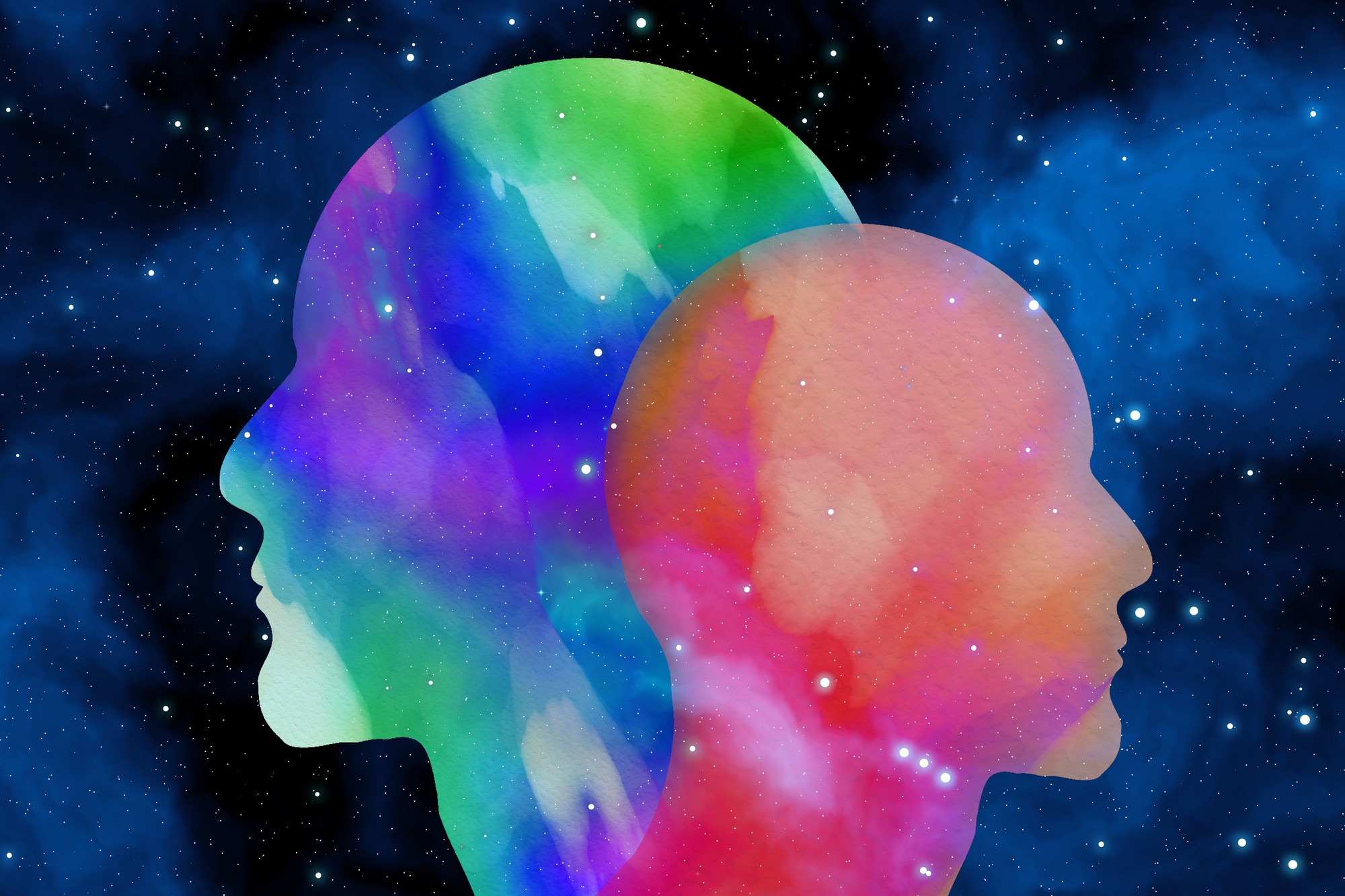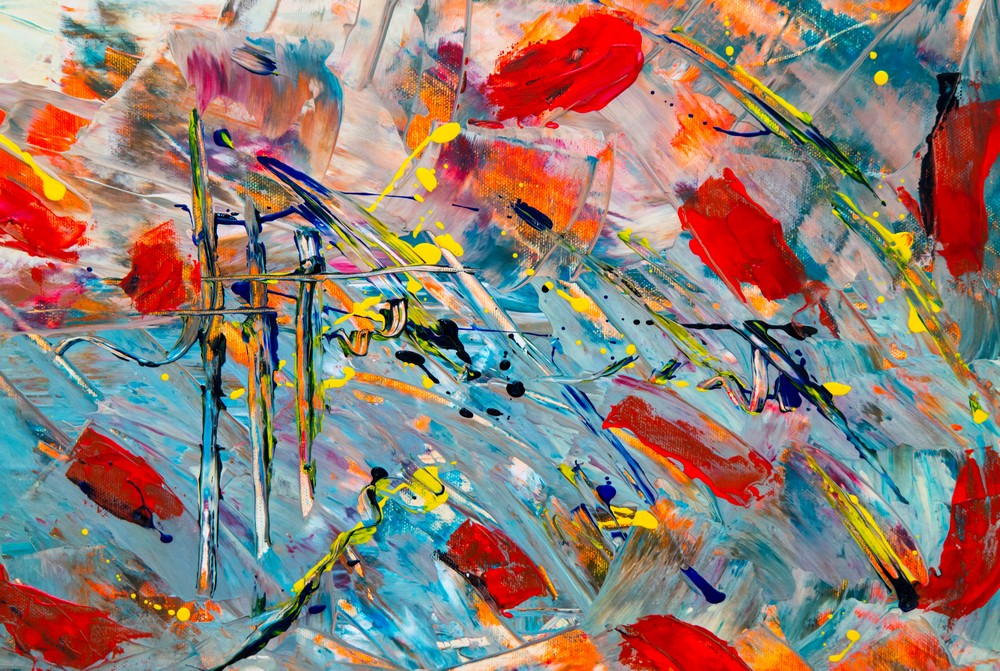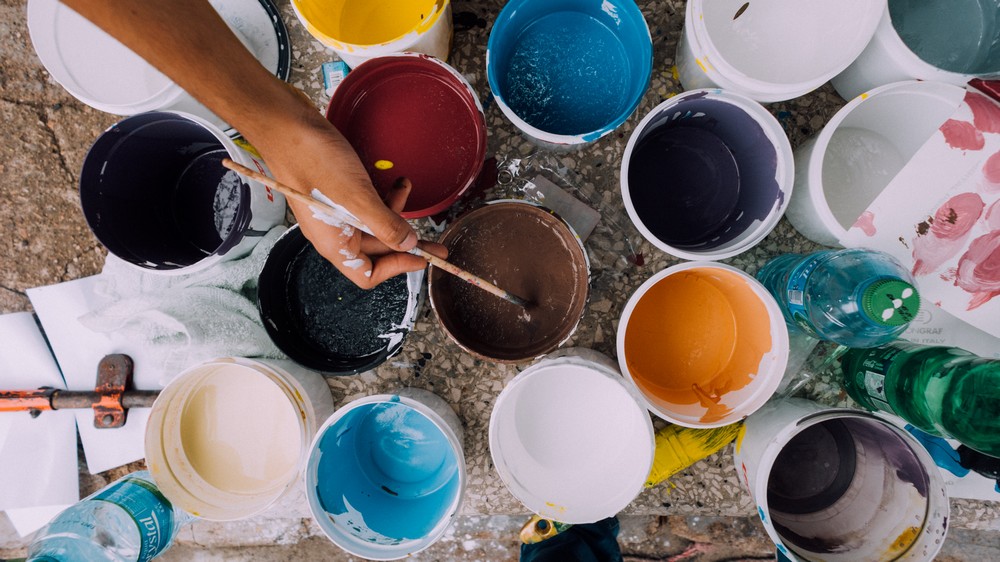Color Psychology – How Does Colour Affect Us

Sometimes the way we look at colors will greatly depend on our personal and cultural connections. Colors can either be warm or cool based on our constant associations. Every color has its own distinct association. For instance, red, yellow, and orange are commonly linked to the warmth of fire and sunlight. While green, blue, and violet represent the calmness of the sea, leaves, and sky. It seems that people are more drawn to warm colors rather than cool colors. However, vibrant cool colors have the tendency to overpower light and subtle warm colors. Using cool colors for the background and warm colors for the foreground can greatly help in improving the perception of depth.
Generally, red, yellow and orange are highly regarded as high-arousal colors while the low-arousal colors are blue, green and generally violets. The lightness, brightness, and darkness of a color can change the psychological implication. Although a light blue-green hue has a cool, calm, and wet look, a dazzling turquoise is often linked to a lush tropical ocean atmosphere, which is more exhilarating to the eye of the viewer. Most often, the psychological association of a particular color tends to be deeper than its visual experience.
What Is Color Psychology?
Table of Contents
Color psychology is the study of colors and how they can affect human behavior. Colors can create a big impact on the things that are not quite obvious, for instance, the taste of food. The influence of colors can be viewed from different perspectives. Perhaps not all people can achieve similar emotions when they look at the same color.
Want to switch to More Than Accountants? You can get an instant quote online by using the form below. In a like for like comparison for services we are up to 70% cheaper than a high street accountant.
There has been a lot of discussions about the concept of color psychology. One of the most popular theories is that it can impact a person’s mood. The light, color, and the surrounding will go hand in hand. Goethe and Schiller formulated a theory about colors which is known as the “rose of temperaments.” In this idea, they match twelve colors with their corresponding traits or occupations. And these are categorized into four temperaments.
What Are The Different Theories of Color Psychology?

Through his experiments, Sir Isaac Newton found out that when white light goes through the prism, different colors will be produced. Newton further suggests that every color is composed of a single wavelength. This means that it cannot be broken down into other colors.
Furthermore, based on research, light can be combined to create other colors. For instance, when the red light is combined with yellow light, it can produce an orange color. However, there are also some colors that can produce white light when combined, for instance, green and magenta. If you have tried painting, then you will notice that when certain colors are combined, it can produce other colors.
Despite the fact that there is insufficient research regarding this matter, the idea of color psychology has been trending in art, design, marketing, as well as in other fields. Most of the evidence that they’ve gathered are more subjective. However, researchers have made significant discoveries and observations about color psychology and how it can affect the person’s emotions, moods, and behaviors.
Sometimes our feelings about certain colors are more personal and they are based on our own experience or culture. For instance, in most Western countries, white is used as a symbol of purity and innocence, but in several Eastern countries, white represents mourning.
How Does Color Affect Our Behavior?
Color can be considered as subjective rather than objective. Once the light strikes on an object, then it will take in some of the light and the others are reflected out. The reflection and the absorption of the colors will likely depend on the properties of the object. Typically, colors have been used for creating emotions and for conveying information. We believe that a certain color can generate a particular emotion. Although this is something that we have to understand deeper.
There are a lot of articles on the internet that talks about how these colors can produce specific emotions when it interacts with the human eye. The fact is some organizations are taking advantage of this by adding this to their branding. In this way, people will easily get attracted to their products. But, does it work?
How Can Colors Affect Our Brain?
Undoubtedly, colors can stimulate our brain and they can bring in specific emotions. The impact is not only emotional but physical too! The most common colors of nature, green and blue can help in relieving stress. The fact is blue is often used in mental therapies. It has been known that it can help in reducing stress and minimizing the rate of suicide. This is why Japan used the color blue in painting its train station walls. Surprisingly, it has helped in decreasing the rate of suicide in public areas. Oftentimes, we view colors based on our own perspective due to our own personal preferences.
The Psychological Impacts of Colors

What makes color so powerful? How can this affect our bodies and minds? While colors are seen as subjective, some of its effects can be considered as universal. Colors that belong to the red spectrum such as red, yellow, and orange, are considered warm colors. These warm colors can create different kinds of emotions including feelings of comfort, warmth, anger, etc. On the other hand, the blue spectrum is well known as cool colors. This includes blue, green, and purple. Oftentimes, they depict calmness, but sometimes they can also produce feelings of sadness.
Typically, the most common concept about the effects of colors on humans is based on their emotional experience. People use colors in different ways. For instance, the color blue is mostly used in several designs. Its because it is generally associated with nature such as the sky, sea, and freedom. Most people are greatly reminded by these things when using colors. But sometimes, the color blue can also be associated with sadness, loneliness, and being distant from other people.
Hence, in order for us to understand the right colors to use, we have to observe our audience carefully. Remember that it is not just about their geographical location or their preferred devices, it’s all about them. What are the things that they care about and matters to them most?
How Can Colors Impact Our Body and Mind?
The body and mind will quickly react to colors. For instance, it has been observed that red can stimulate the senses and increase blood pressure. On the other hand, blue has a reverse effect since it can calm the mind. People tend to gamble more and are not afraid to take risks when they position themselves under a red light which is contrary to blue light. Ultimately, this is the very reason why Las Vegas is known as the city of red neon.
At the start of the day, the first decisions that you are going to make concerns color harmony. Its because you will have to decide what you are going to wear. Aside from choosing the best fabric and style that is more suitable for the season, you also need to choose the right color. From there, your color choices will also affect your work. For instance, when you are making a bar chart, wrapping a gift, designing the interior part of the house, designing clothes, and many more. Keep in mind that your color choices have a strong impact on your final results.
Have you ever seen a breathtaking flowerbed in full bloom? Perhaps the gardener arranged the flowers in such a way that the colors can create more vibrancy. An effective color scheme is also very valuable in films. When the colors are perfectly coordinated, then the movie can create its own world. Your knowledge about the good color association can be used when making graphics and other applications for your business.
Color can be associated with light and light represents energy. Scientists discovered that there is are truly physiological changes that will occur when people are exposed to particular colors. Colors can make us feel excited, depressed, energize, calm, improve our appetite, as well as give us a feeling of coldness or warmness. This phenomenon is also known as chromodynamics.
Colors can also affect your surroundings. For instance, the workers who occupied the blue office complained that their office is very cold. When the paint was changed to a warm peach, the workers take off their sweaters even if there were no changes in the temperature.
How Can Colors Deceive The Viewers?
Most often, combining different colors can be deceiving. But sometimes this can be advantageous for you. But be wary since there are also some instances that this can create negative effects on your graphics, hence, you must be watchful with these little tricks.
Sometimes color can affect one another unexpectedly. For instance, when colors are used next to their counterparts, then it can generate vibrating effects. When you are combining colors, sometimes the results are quite diverse from what you’ve anticipated.
You can observe the most stunning color illusion when you combine the same colors and surround them with a variety of backgrounds. It will seem that they are diverse from one another. Conversely, when you are using different colors, it will seem identical when you surround them with specific backgrounds. When you are looking at a colored object, your mind will recognize the color based on the colors that are surrounding them.

What if you are creating two objects with the same color but with different backgrounds. Since the surrounding areas are entirely different, then it may seem that the objects are also different. This is something that you need to remember when you are creating graphics with matching colors. If you are trying to match the official colors of your company, then you might realize that even if you have obtained a perfect match, it will still look like something is wrong.
Similarly, using one color may seem to look different in different backgrounds, using two similar colors may look identical when influenced by certain conditions. Although the two images are using slightly different hues, our minds will tend to think that they have similar colors due to the contrasting surroundings. This outcome is difficult to control however you have to be cautious about in since it can influence your graphics.
What Is The Outcome When Complementary Colors Are Combined?
When bright complementary colors are placed next to each other, it can produce a vibrating or pulsating effect on the viewer. It will appear that the colors are trying to pull away from each other. This effect is also known as color fatiguing. When a particular color attracts the retina for a long period of time, then the optic nerve will start sending puzzling signals to the brain. This state of confusion can grow deeply by using its complementary colors.
You must be aware that combining brilliant complementary colors can quickly attract attention, hence it is best to use it with moderation. The effect is a bit alarming since it can make you think that you have been fooled around. If you are planning to use complementary colors and you don’t want to create any confusion, then you can outline the colors using black, white, or gray. These outlines can help in separating the two colors. Consequently, your brain will also separate these colors.
When you are using two identical colors on a particular image, then both colors will become indistinguishable. Its because it is hard to recognize the borders between the colors, as a result, the brain will just conceal the colors together.
By outlining each of these colors with a thin black, gray, or white line, then the colors can be easily recognized. This technique is also referred to as stained glass. Additionally, this can help in reducing the chances that the colors will be blurred out.
Conclusion
With this information, you will know how to effectively choose the right colors. When choosing colors for your branding, make use that it reflects what the product is all about? The first thing that you will do is to recognize the emotions of your potential customers or users. Sometimes we are always making assumptions on the emotions of the people about a certain product. Determine which part of the world does your target audience comes from so it will be easier for you to identify their culture.
